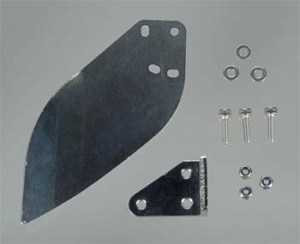Looking for a turn fin for my Vac-U-Pickle and was wondering if this fin is flat?
http://www.offshoreelectrics.com/pro...od=dh-aqub9515

http://www.offshoreelectrics.com/pro...od=dh-aqub9515


The poll is expired.
 ? WHAT RULES?
? WHAT RULES?
Comment